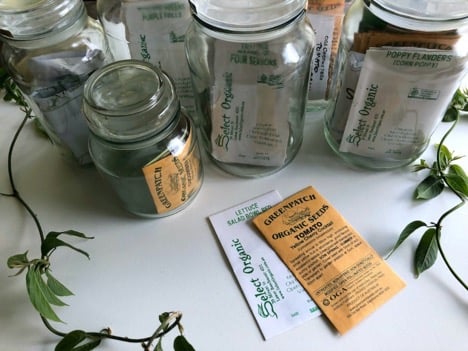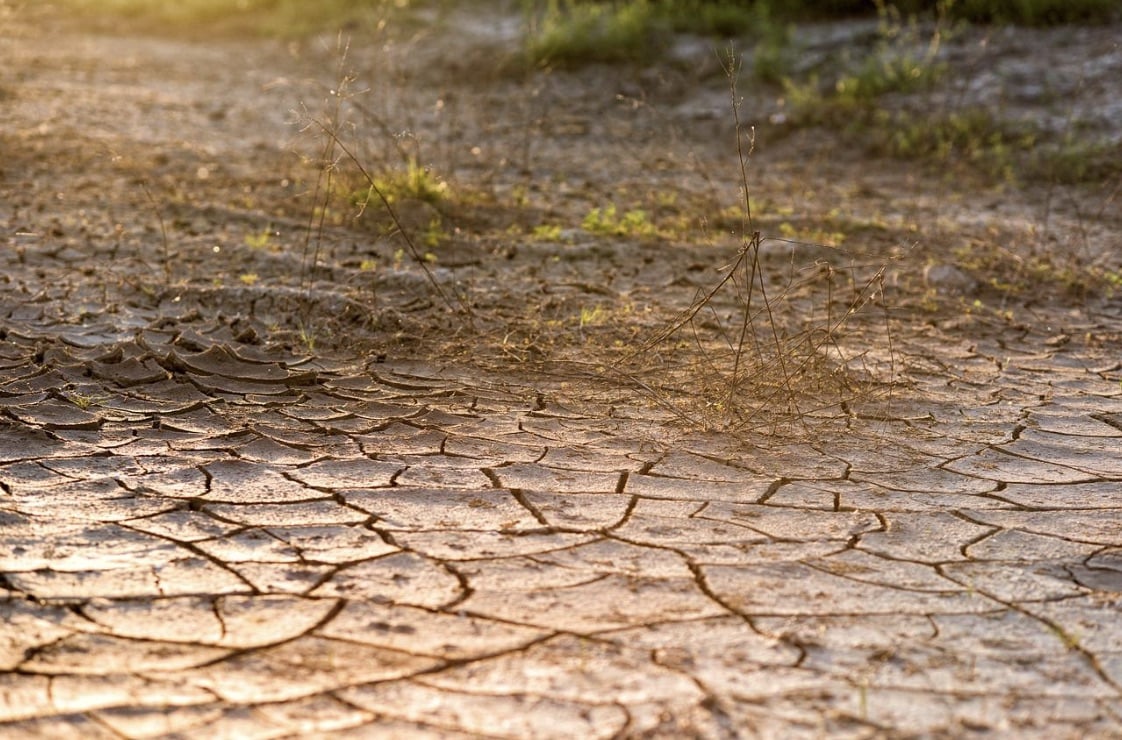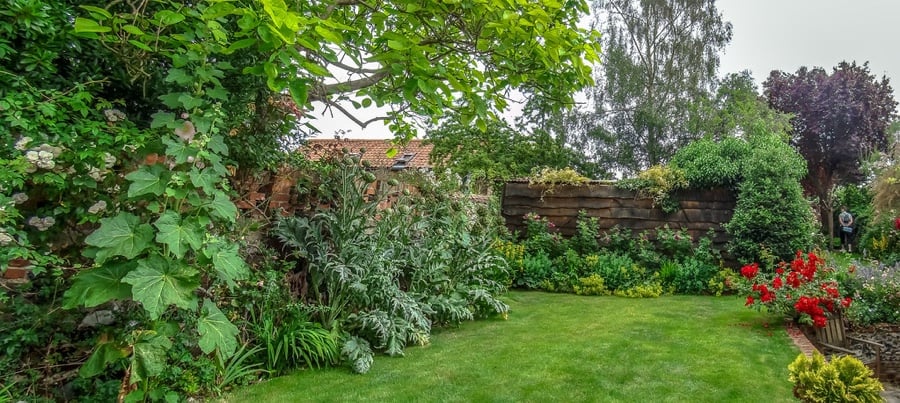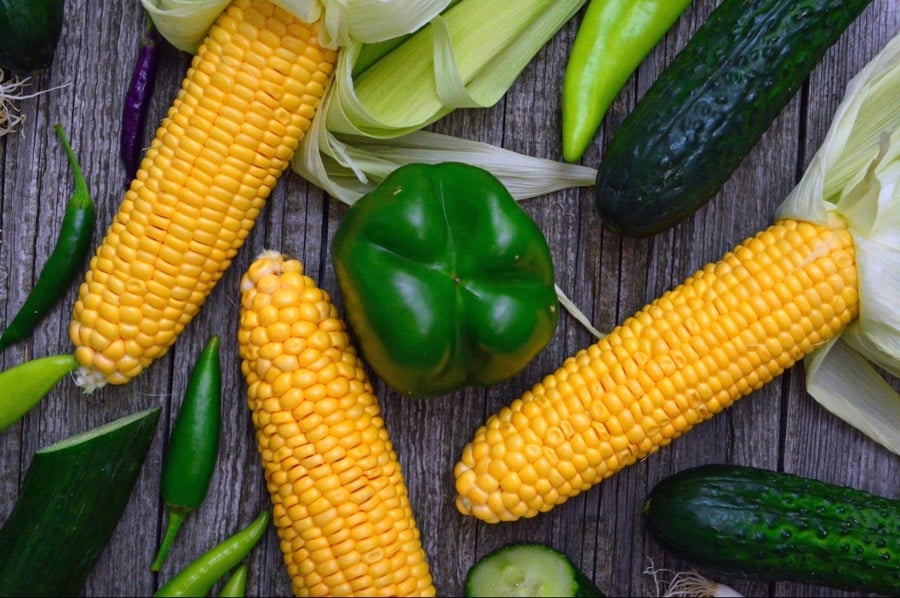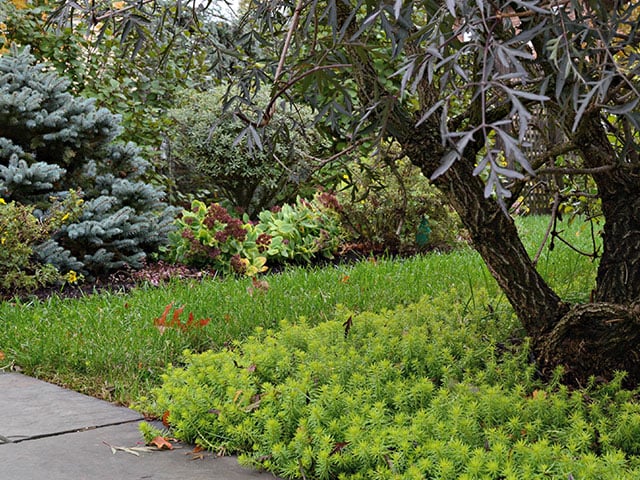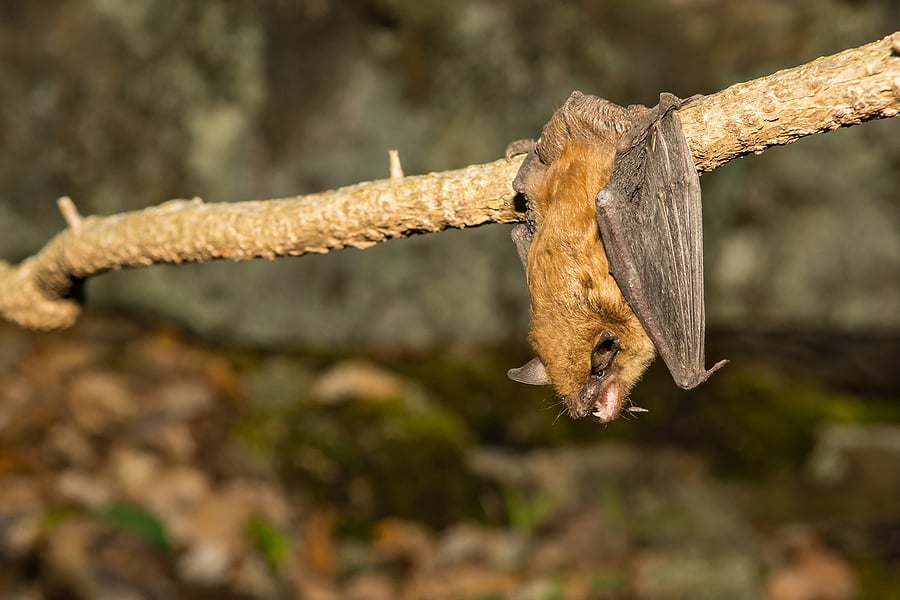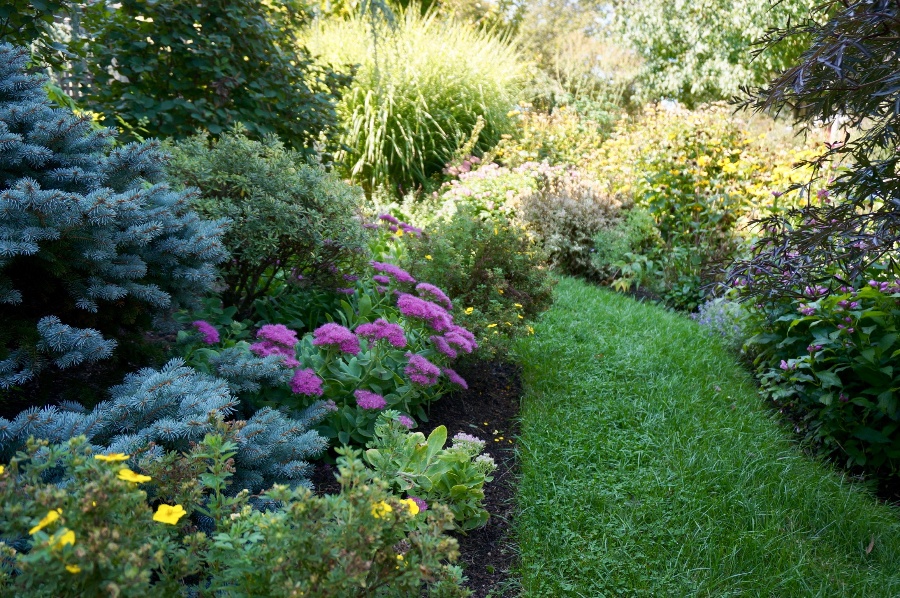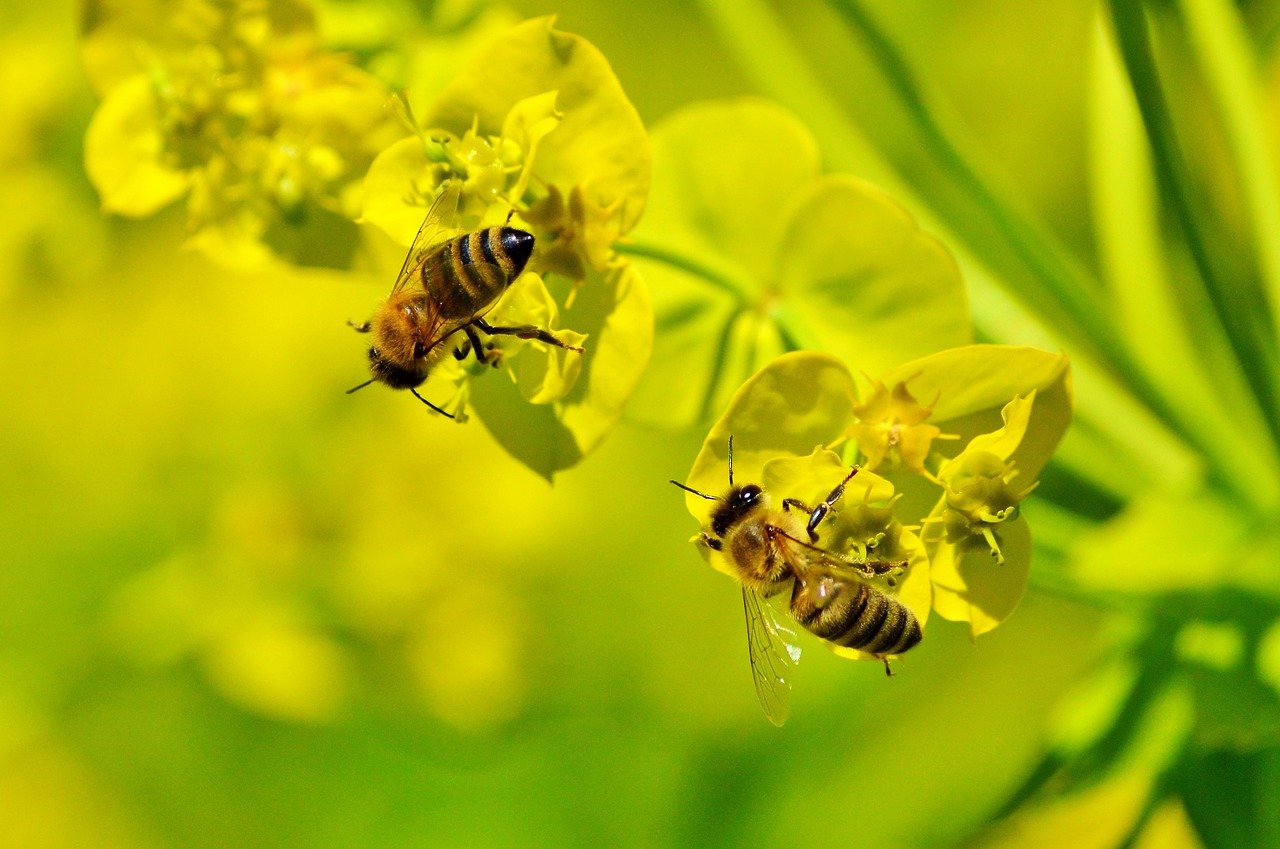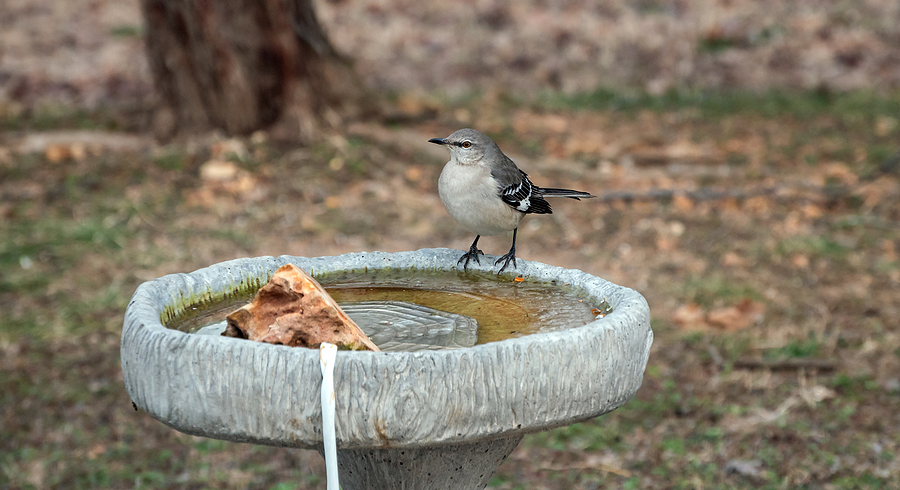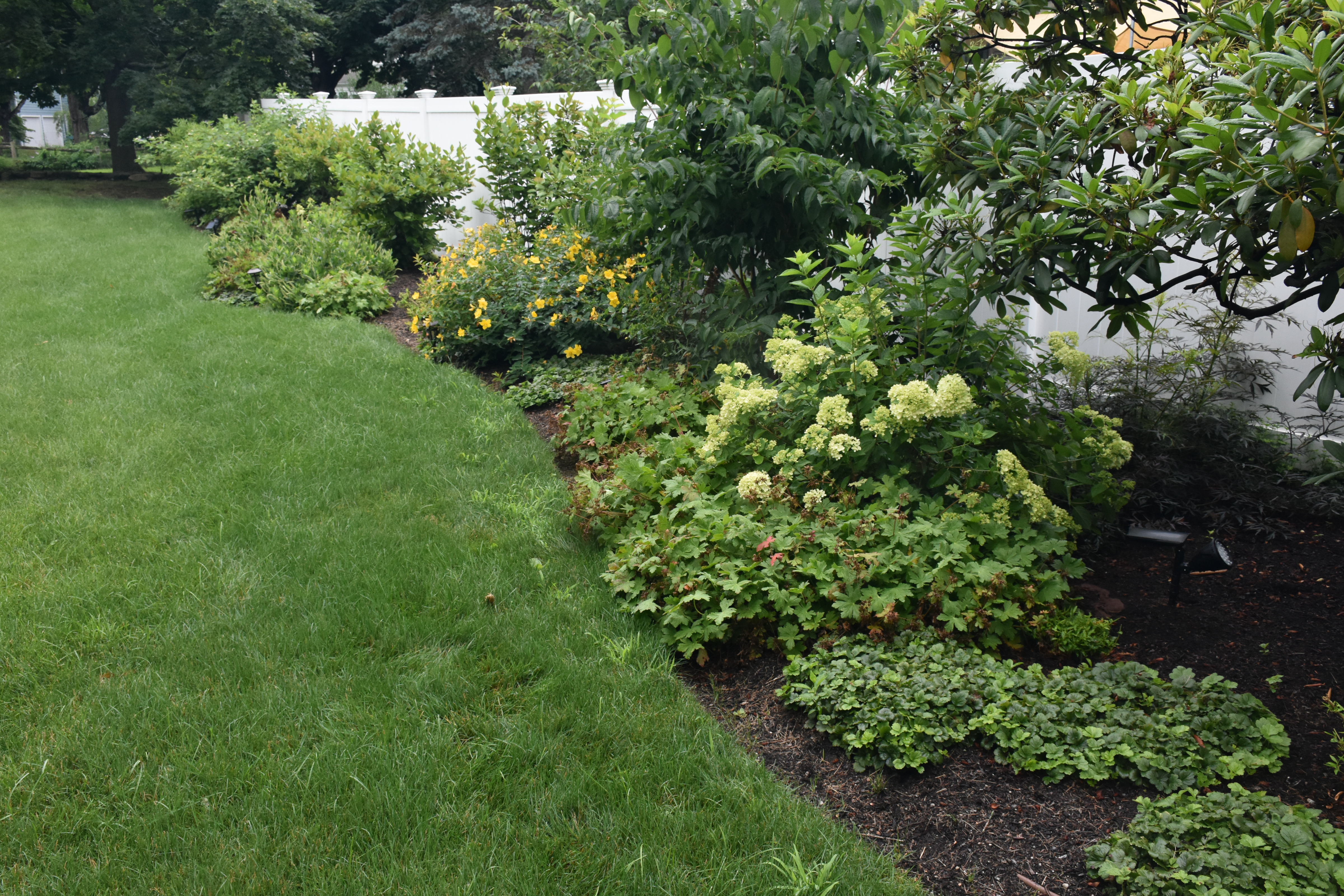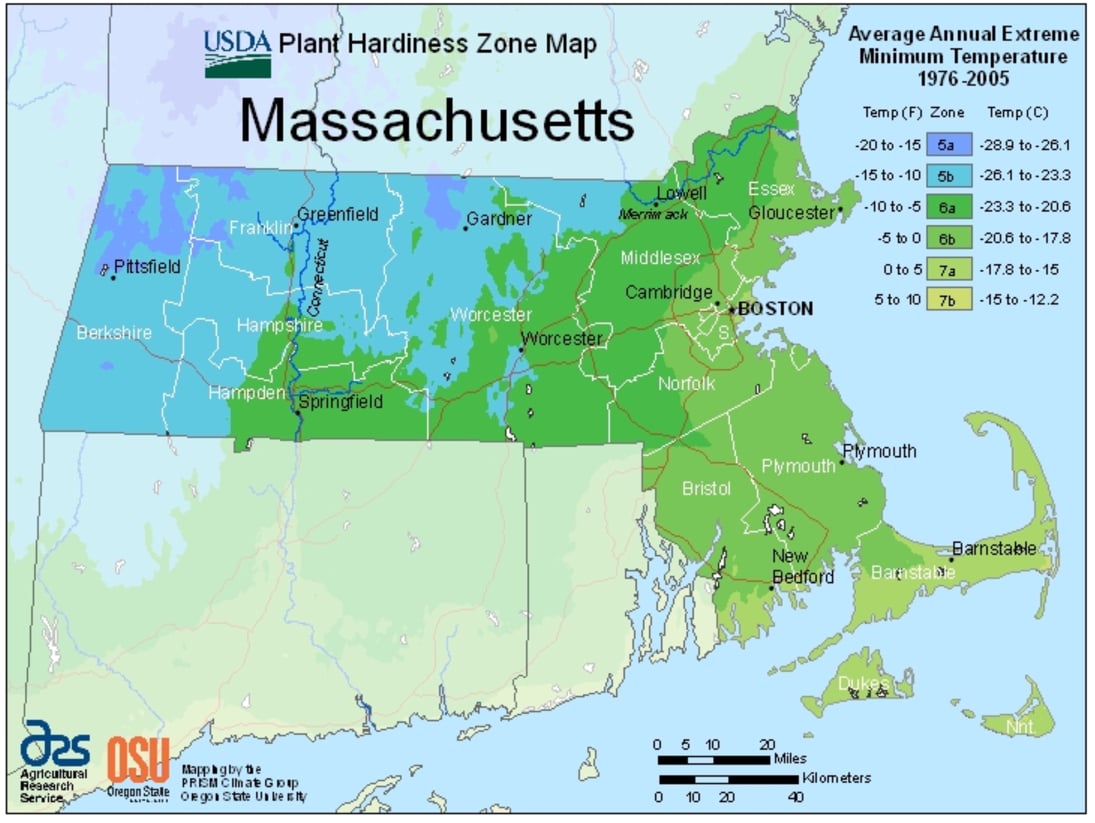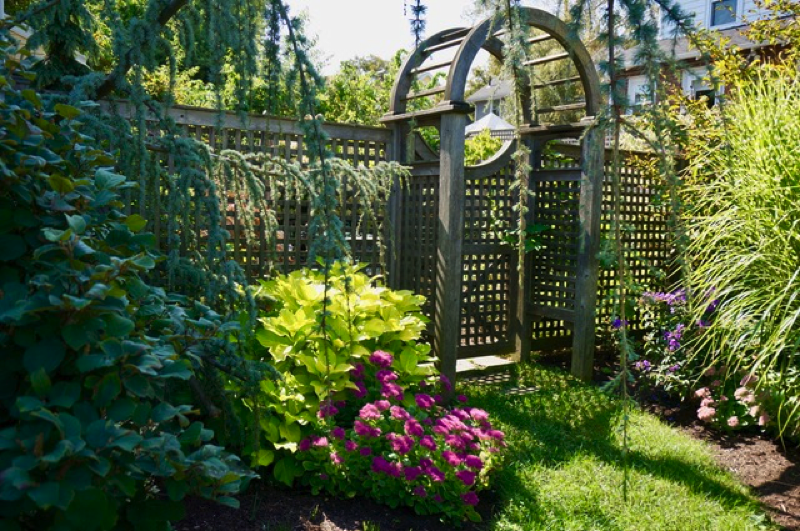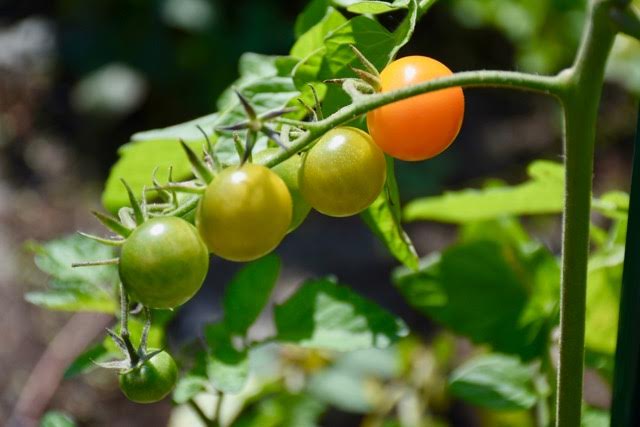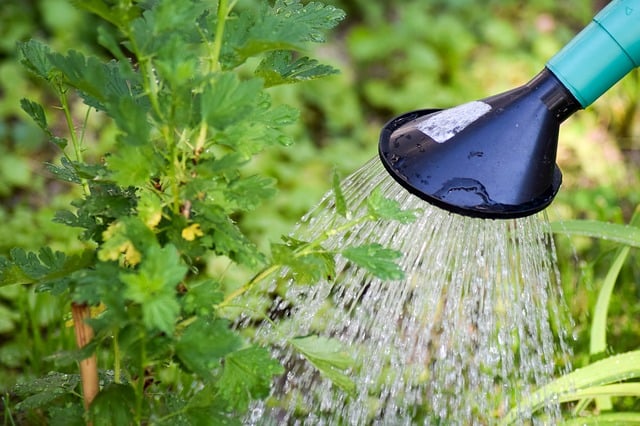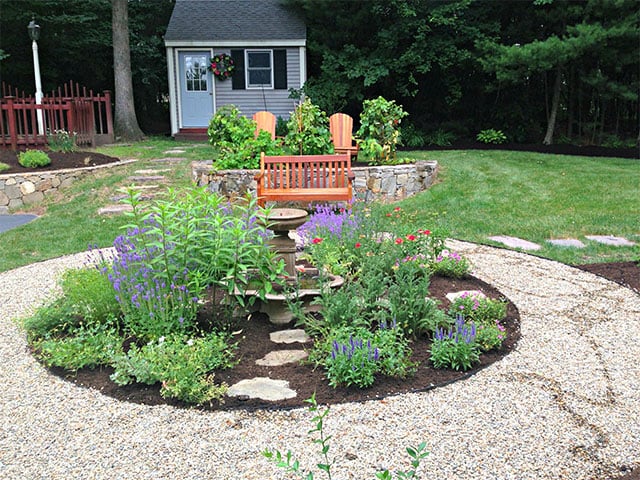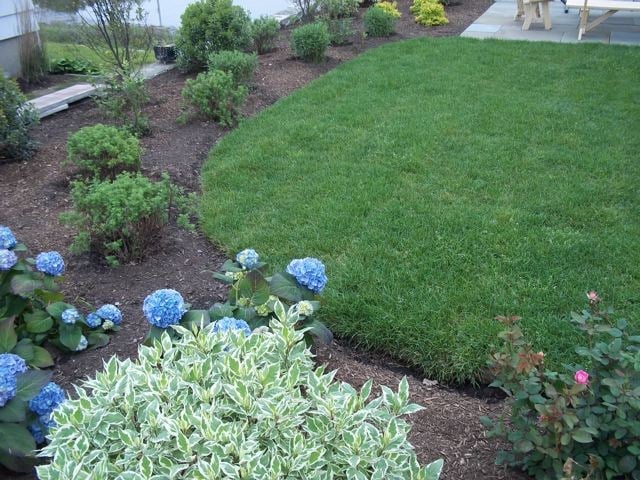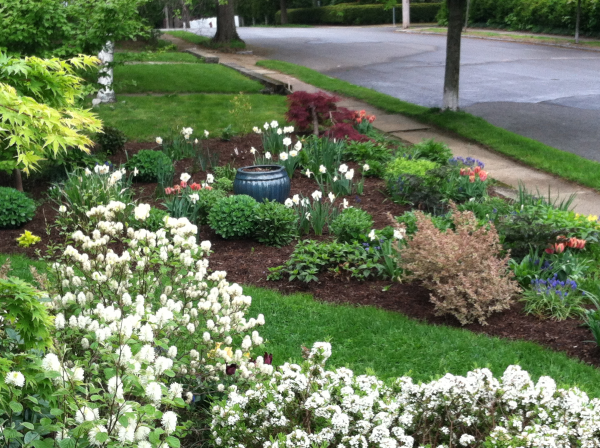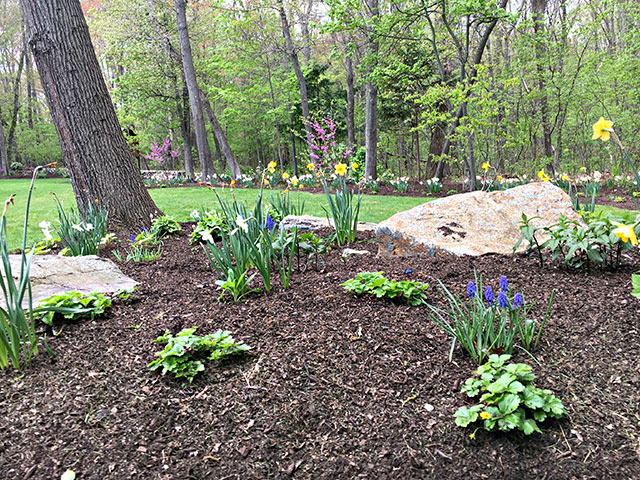Mushrooms play a very important role in many different ecosystems. The fruiting bodies are a source of food for many different species, not just humans, and on a smaller scale, the mycelium digests and decomposes organic matter that may not be able to be used by other organisms.
But even more important, is a relationship called mycorrhizal symbiosis. In this relationship, the fungus grows around the roots of a vascular plant, and passes water and mineral nutrients to the plants in exchange for complex sugars created through photosynthesis.
The most common type, arbuscular mycorrhiza, is found in at least 70% of all plant species, including many crop species such as wheat and corn that humans rely on for survival. If you have nearly anything growing in your garden right now, you can thank mycorrhizal fungi for making it happen!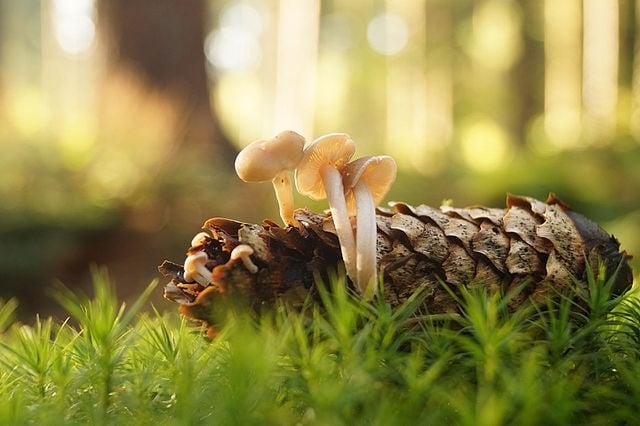
About Mushrooms
The mushrooms that we think of as a favorite pizza topping, or that perfect accoutrement to a fancy Italian dish is actually much more than meets the eye. In fact, the part that we eat, known as the fruiting body, is actually a small part of a much larger fungus. The bulk of the fungus is made up of mycelium, which is a root-like structure living underground or at the surface of the soil. The mycelium is often much larger than its accompanying fruiting bodies, with the largest example spanning several square miles in size and weighing an estimated 400 tons.
The Ecological Importance of Fungi
Mushrooms play a very important role in many different ecosystems. The fruiting bodies are a source of food for many different species, not just humans, and on a smaller scale, the mycelium digests and decomposes organic matter that may not be able to be used by other organisms. But even more important, is a relationship called mycorrhizal symbiosis. In this relationship, the fungus grows around the roots of a vascular plant, and passes water and mineral nutrients to the plants in exchange for complex sugars created through photosynthesis. The most common type, arbuscular mycorrhiza, is found in at least 70% of all plant species, including many crop species such as wheat and corn that humans rely on for survival. If you have nearly anything growing in your garden right now, you can thank mycorrhizal fungi for making it happen!
Growing Mushrooms at Home
Adding a mushroom patch to your garden can be a great way to add a sustainable source of gourmet ingredients to your backyard. And because mushrooms do not rely on photosynthesis for energy, they can be grown in areas that are completely inhospitable to other plants.
Safety
Although you most certainly have multiple species of fungi in your garden already, chances are they are not good or even safe for human consumption. Unless you are absolutely certain of the species, do not consume wild mushrooms. There are many kinds of wild mushrooms that are sought after for culinary use, however, very subtle differences that can sometimes only be seen by experts can be the difference between a species that is a delicacy, and one that is poisonous.
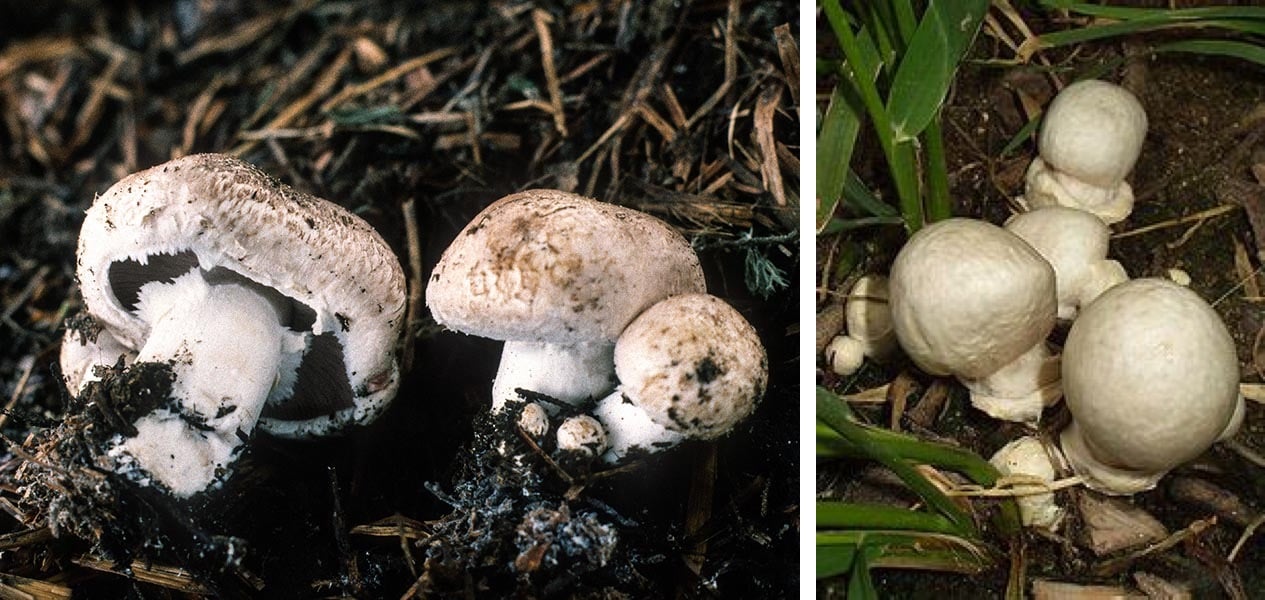 For example, the white mushroom (left), sold in nearly every grocery store, looks extremely similar to a genus known as “destroying angels” (right), one of the most toxic mushrooms that accounts for most mushroom poisoning deaths.
For example, the white mushroom (left), sold in nearly every grocery store, looks extremely similar to a genus known as “destroying angels” (right), one of the most toxic mushrooms that accounts for most mushroom poisoning deaths.
Getting Started
The safest way to produce edible mushrooms in your garden is to start with a known source. Starter spores can be purchased online or in some garden stores, and can be grown similar to the way you would start plants from seeds. Another option is to propagate from existing mycelium. This can be done either by purchasing a starter piece of mycelium, usually sold as “spawn”, or by trimming some stems off of store bought mushrooms. You can also purchase growing kits that will contain substrate that has already been inoculated with spores from your chosen species.
Location and Substrate
Since fungi have different needs to plants, locations that are too dark, too cold, and too damp for plants to survive are often perfect for mushrooms! A little bit of sunlight is okay, but an area that gets no direct sunlight like under a deck or crawl space or in an area with dense canopy cover is best. Indoor spaces like a cellar or basement work great too! Mushrooms prefer cooler temperatures, so growing outdoors is best done in winter and early spring.
Fungi thrives in a nutrient dense substrate with lots of detritus and organic material. You can purchase substrate specifically formulated for growing mushrooms, or use compost, manure, rotted wood, or rich, dark topsoil. The substrate should remain damp and loose to allow for easy growth of the mycelium and mycorrhizae underground. The type of substrate and conditions will vary between species, so be sure to research your chosen species for the most ideal conditions.
Choosing Species
Choosing the variety of mushrooms you would like to grow depends not only on your taste and skill level, but also on the conditions you have at your disposal. All of the types listed here are relatively easy to grow and well suited for temperate climates. Again, it is important to be sure that you get your starters from a trusted source.
Oyster Mushrooms
Many beginners start with one of the varieties of oyster mushrooms from the Pleurotus genus, usually pearl oysters or king oysters. These species are relatively hardy, fast growing, will tolerate a wider range of conditions than some of the more finicky varieties, and most importantly, are delicious. Depending on conditions, you may see fruiting bodies in as little as 2 weeks!
Shiitake Mushrooms
If you’re willing to be a little more patient, shiitakes can be a great species for outdoor growing. They do best in rotting hardwood logs, and although they may take 6 to 12 months to begin fruiting, once they are started, your garden can supply tasty shiitake mushrooms for years.
Wine Cap Mushrooms
If your chosen growing area is slightly less than ideal (too much sunlight, or too warm), wine cap mushrooms may be a great option! The fruiting bodies are more tolerant of sunlight and warmer temperatures than most other varieties, as long as the substrate is kept damp. With proper conditions, wine caps will begin fruiting within a few weeks up to a few months.
Harvesting
Once your mushrooms begin sprouting, it'll soon be time to enjoy the fruits of your labor! In most varieties, it is best to harvest younger fruiting bodies for the best flavor, but be sure to look up information on your specific species for best practices. Also, double check with a guide book that the mushrooms you grew match the species you planted, as there is still a chance that some unwanted spores got into your growing area. When harvesting, use a sharp knife or scissors to cut the fruiting bodies away, ensuring that you don’t harm the mycelium underneath. The mycelium will continue to produce mushrooms on its own, however, leaving some of the mushrooms to reach maturity and produce spores will ensure the longevity of your fungus, and may even produce new patches nearby.
Cultivating edible mushrooms can be a great way to fill unutilized spaces in your garden, and add some variety and excitement to your dinner table. But even if growing your own doesn’t interest you, learning about the way fungi interacts with your backyard ecosystem is a great way to get to know your garden a little better.
Download the eBook "8 Essential Elements of a Spectacular Outdoor Living Space You'll Want to Spend All Day In." If you are ready for a new outdoor space, please reach out to us.


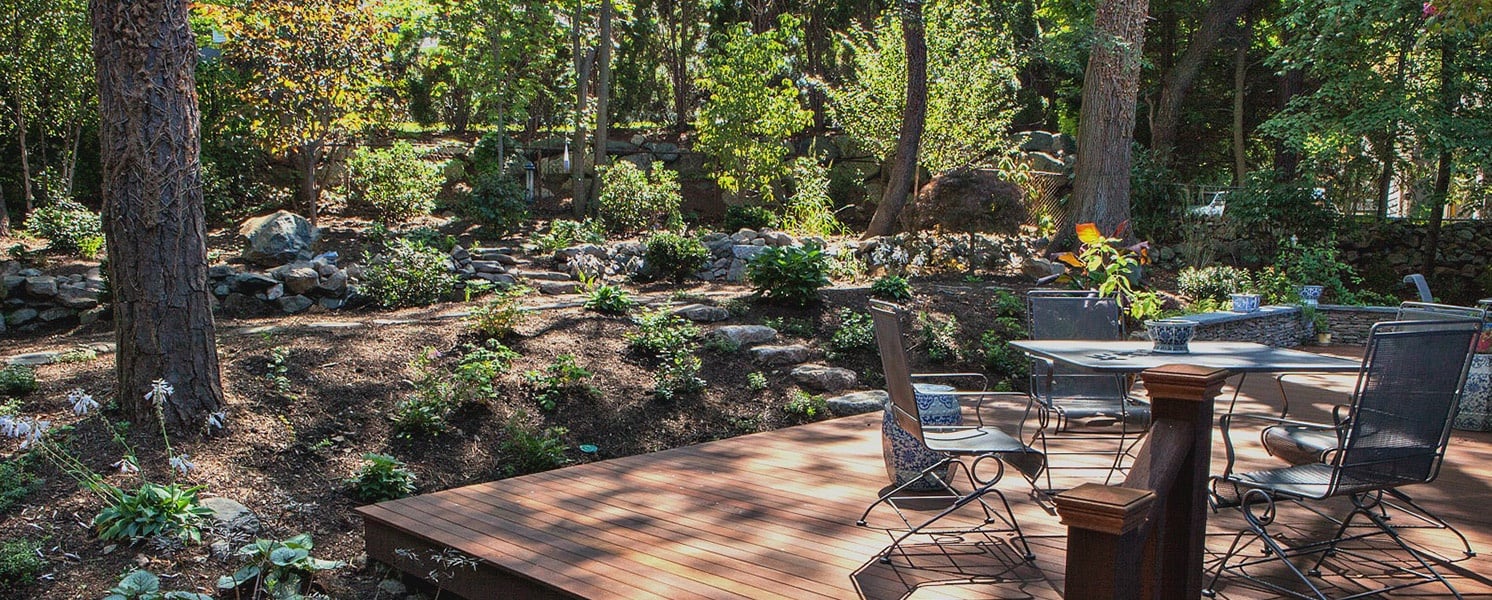

 For example, the white mushroom (left), sold in nearly every grocery store, looks extremely similar to a genus known as “destroying angels” (right), one of the most toxic mushrooms that accounts for most mushroom poisoning deaths.
For example, the white mushroom (left), sold in nearly every grocery store, looks extremely similar to a genus known as “destroying angels” (right), one of the most toxic mushrooms that accounts for most mushroom poisoning deaths.
